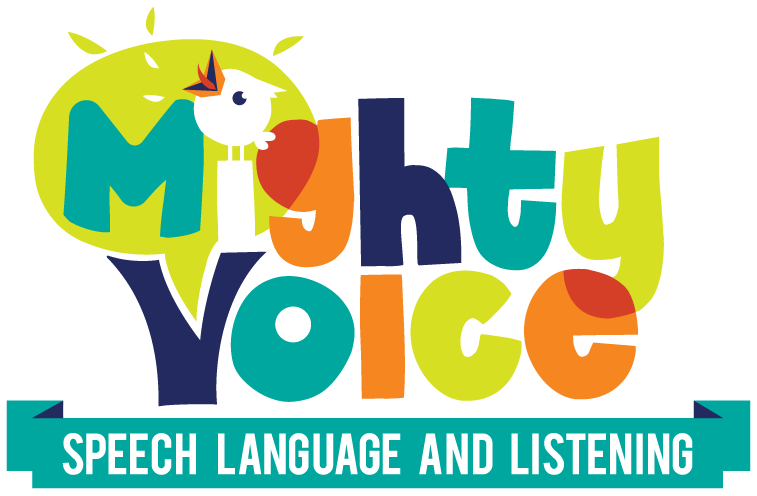Even as adults, we sometimes struggle to understand why jokes are funny, don’t we? We might brush kids off and say “well, you had to be there” or “it just is…” But that doesn’t really help our students build their understanding about humor and jokes, does it?
Breaking Jokes Down
When we help kids understand why jokes are funny, we enable our kids to participate in humor with their peers, which can bolster their social skills and their confidence. We can teach them that jokes have parts, like a set up and a punchline, and we can also teach them about some common types of jokes to build their background knowledge and understanding.
Here are 5 types of jokes we can explain to help students understand the jokes they hear:
1. Something Unexpected
Jokes that include something unexpected can be the most confusing. They’re also the type many young children tell. They don’t always make sense, but are often funny to the person telling them.
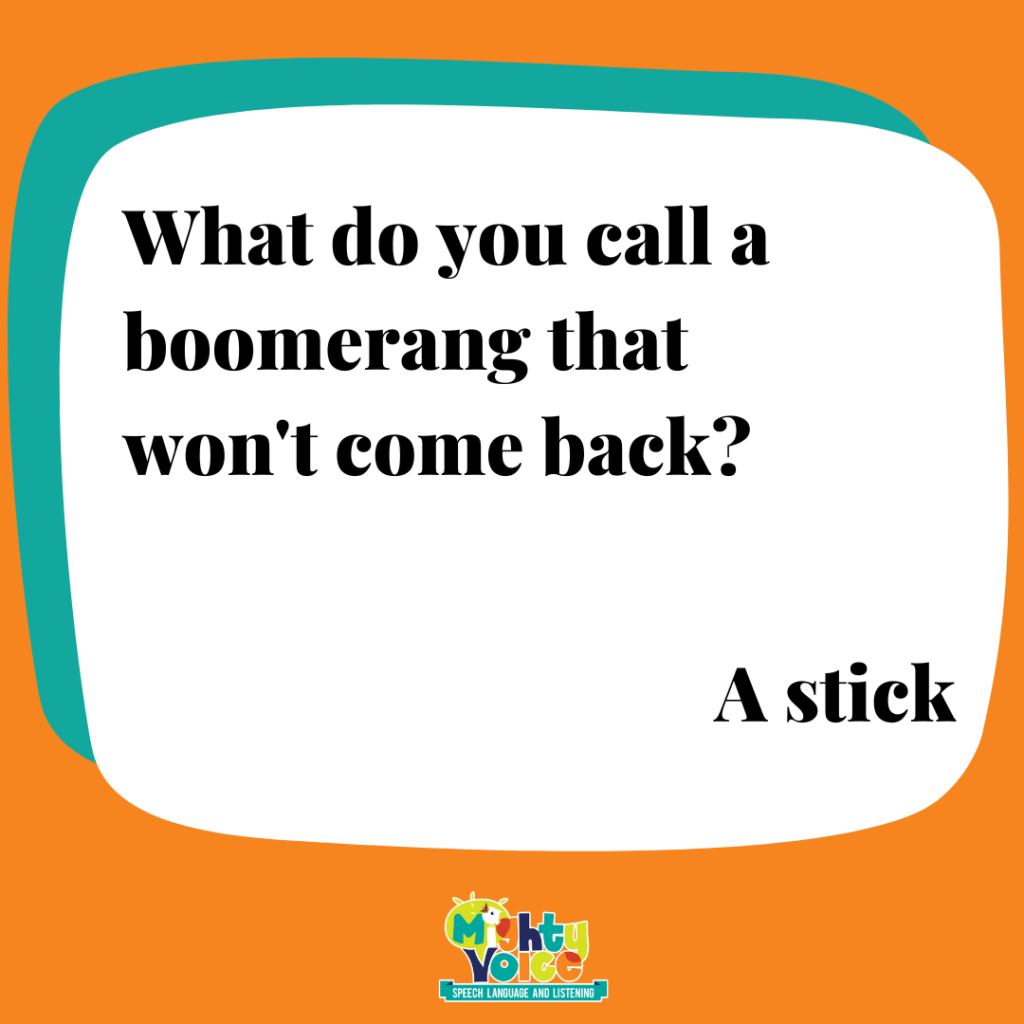
2. A Familiar Format
Jokes with a familiar format, like knock knock jokes, are some of the most predictable jokes. Once kids learn the format, they can tell lots of jokes of that type. Another great thing about teaching kids jokes like knock knock jokes is that you can also focus on other speech and language skills like turn taking, intonation for questions, and other skills.
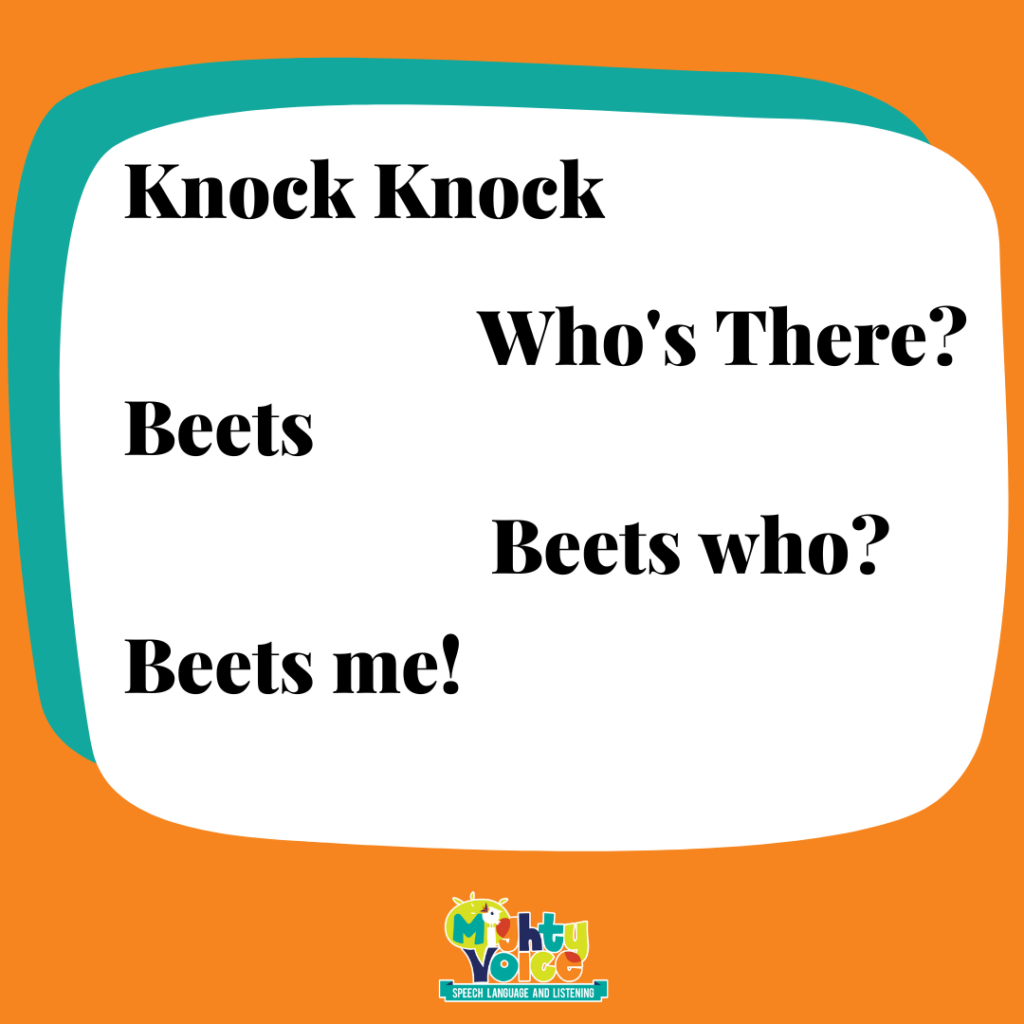
3. Words that Sound Almost the Same
Teaching kids about jokes with words that sound almost the same is such a great way for them to hone their listening skills. When they are listening for similar sounding words, they’re working on conversation skills and their phonemic awareness.
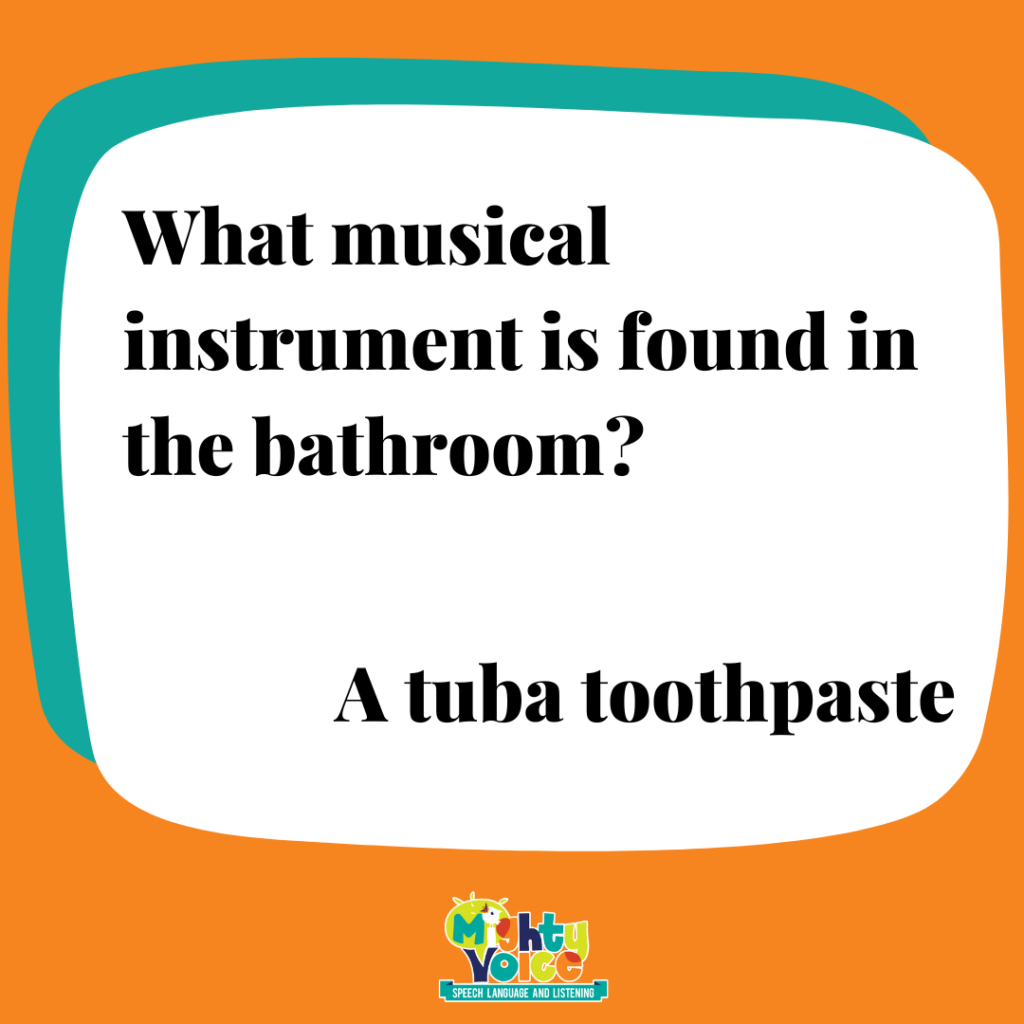
4. Multiple Meaning Words
Many jokes rely on multiple meaning words for their humor. Teaching kids to think about and recognize more than 1 meaning for words will help them “get” these jokes. Not only that, but it also strengthens their vocabulary and word meaning knowledge at the same time.

5. Puns and Idioms
Puns and idioms might be more difficult in jokes for some kids, but once they know what the idiom or pun really means, the meaning of the joke becomes clear. Teaching kids to understand jokes with puns and idioms also helps you target those figurative language goals, killing 2 birds with one stone.
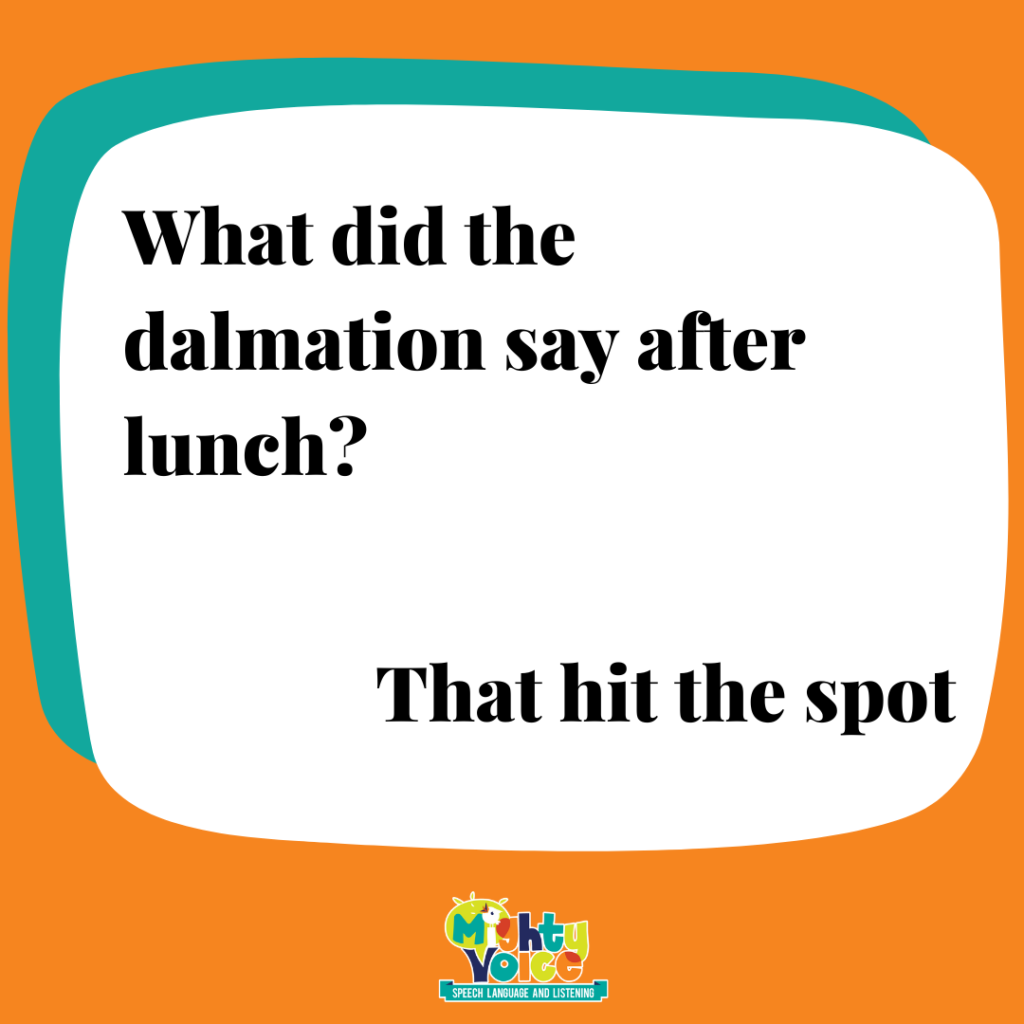
Do you want to know more about teaching kids to understand jokes? Check out my Understanding Jokes resource in my TPT store. It helps break down the parts of jokes, teaches what having a sense of humor is, and gives tons of examples for different types of jokes.
